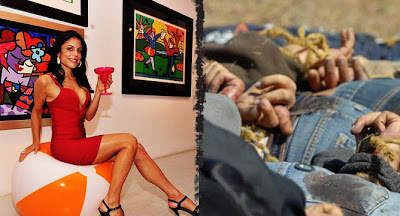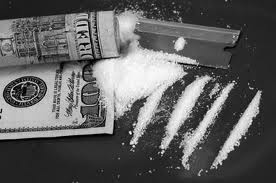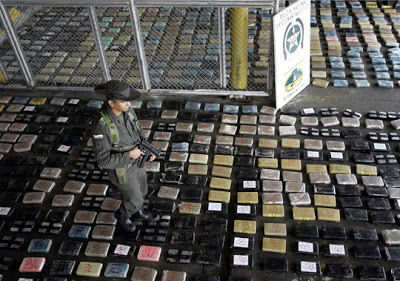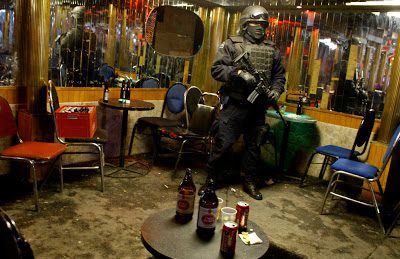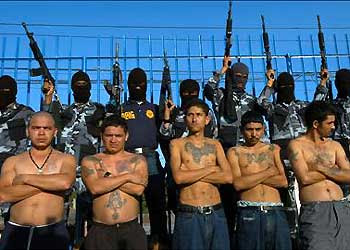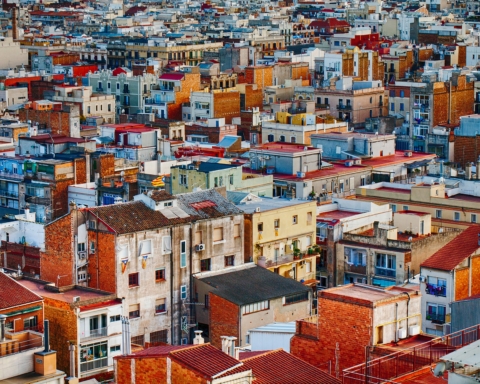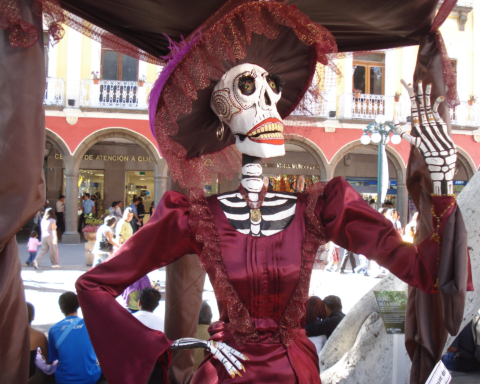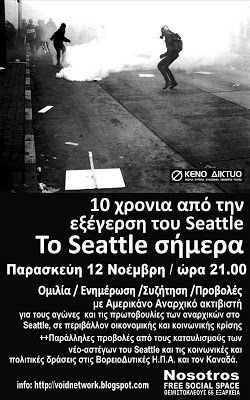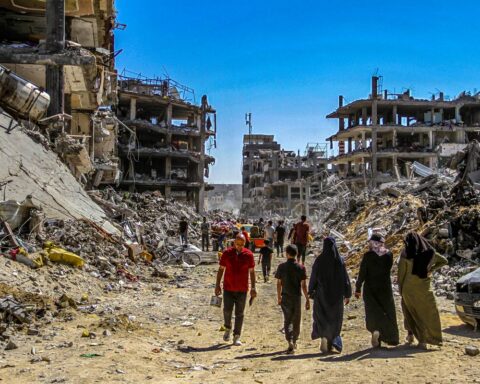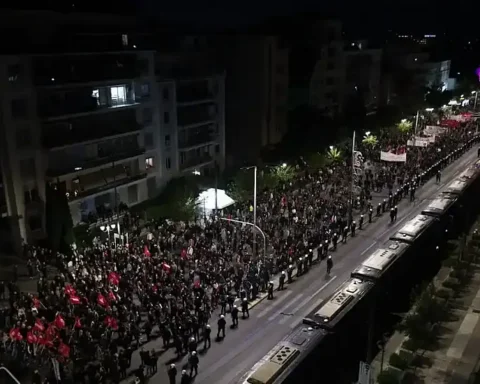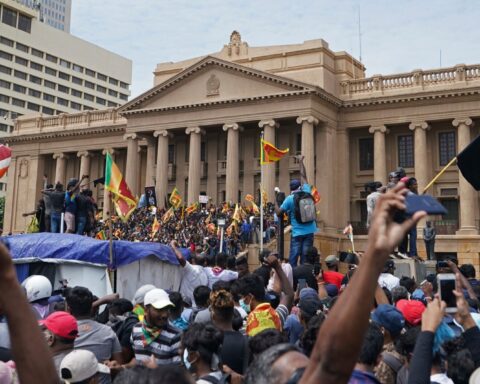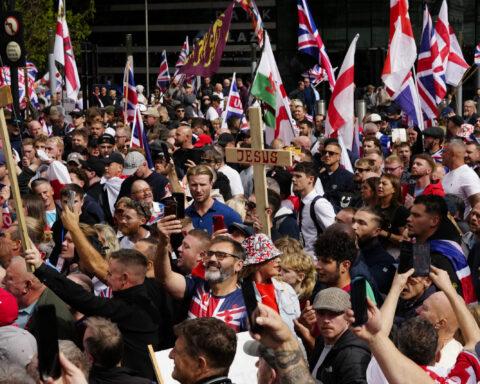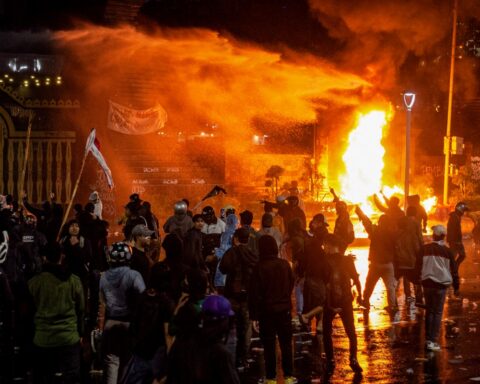“Cocaine Culture:
A global apartheid of
decadence and death”
by Blake Sifton
CΨΨCapitalism has always required disposable populations in order to function. In our system of global apartheid other people must toil in fields and sweatshops, die in resource wars and watch as their countries are poisoned in order for us to enjoy comfortable, privileged lives.
As this reality becomes clearer I am alarmed by the hypocrisy of many of my contemporaries. Young, educated and progressive, they are well informed about the world’s problems and sick over the endemic violence, oppression and environmental degradation that they see.
And so they march in protest, volunteer abroad, shop ‘green’ and insist on drinking fair trade coffee. But when the weekend comes and they let loose at parties, they see no contradiction in snorting cocaine, one of the most exploitative commodities on earth.
They do not seem to care that for coke to make its way up their American noses, Mexican heads must roll in the streets of Juárez. Their indifference does not bode well for the rest of the country.
Decadence and a thirst for instant gratification fuel the insatiable demand for cocaine in the US, while hyper-individualism and a sense of entitlement allow private dealers to legally sell assault weapons with no questions asked and a complete disregard for where they end up.
The trickle down effect of these attitudes is the unbridled brutality ravaging Mexico and the horrific deaths of tens of thousands of people over the last three and a half years. We need to look in the mirror and recognize our own responsibility for the bloodbath next door.
The United States consumes 300 metric tons of cocaine a year, half of the world’s annual demand.
While it is produced in Colombia, Peru and Bolivia, 90 percent of all cocaine that ends up in the US passes through Mexico.
“The coca plant doesn’t grow on Mexican soil. Mexico is merely the straw between the South American refineries and the gringo’s nose,” explains Alberto Giordano, the publisher of Narco News, an online newspaper that covers the war on drugs and Latin American social movements.
The annual profit made transporting cocaine through Mexico is estimated to be close to $10 billion dollars. Seeking to erode the considerable influence they have held over Mexican society for decades, President Felipe Calderón declared war on the drug cartels when he took office in 2006.
Since then however Mexico has endured a nightmarish wave of unimaginable violence as the cartels – under pressure from the Mexican military – fight each other for control of the smuggling routes to the US market. With so much American money at stake there are no limits to the carnage plaguing Mexico.
Casualty levels are higher than many bitter civil wars as police, soldiers, politicians, judges, journalists and innocent bystanders are all kidnapped and killed on a daily basis. Previously unimaginable atrocities, including massacres at rehab centers and preteen parties, now occur regularly.
In an attempt to intimidate and one-up each other the cartels often torture and execute rivals, throwing their severed heads onto barroom floors and city streets or hanging them from overpasses. In an especially incomprehensible act, assassins removed a man’s face and stitched it onto a soccer ball.
Professor John Bailey, Director of the Mexico Project at Georgetown University, says, “It’s the cartels’ way of sending a message. You could call it savage semiotics.”
While American indulgence creates the financial incentive for mass murder, Mexican poverty provides the willing participants. Deprived of other opportunities, there is no shortage of individuals ready to take the lives of others.
“Murders are cheap in Mexico. You can hire asicario to kill for you for $100,” Bailey says.
Bruce Bagley, an expert on narcotics trafficking at the University of Miami explains what is driving Mexicans to kill:
“There are so many young men in Mexico with only partial socialization who want to move up. These young men, often teenagers as young as 13, don’t see any real opportunities for themselves or their families. They can either migrate illegally to the United States or they can choose the get rich quick, life is short, essentially meaningless path of working for the cartels.”
“They don’t think they’re going to live long anyway, so they’re willing to use extreme, cruel violence to move up in the world.”
The death toll in the Mexican drug war officially surpassed 23,000 recently. However, the real number is likely higher as many bodies disappear, often dissolved in vats of acid in a practice known as making “Mexican stew.”
Despite the violence Mexican society has somehow managed to stagger along while, Giordano believes, “Events like these would splat the psychology of many North Americans like melons off the back of a truck.”
The US got a small taste of the trauma in March when three Americans linked to the consulate in Ciudad Juárez were murdered as they left a children’s birthday party. It is no secret that it often takes an American death for the US to notice bloodshed abroad and President Obama was indeed “Deeply saddened and outraged.”
But no mention was made of the fact that the victims were cut down with weapons likely purchased in the United States. Mexico has some of the strictest gun control legislation in the world, making it almost impossible to buy a gun legally.
However, just across the border are the American states with the softest gun laws in the country.
The Mexican government seized more than 20,000 weapons from drug gangs in 2008 alone. According to the Bureau of Alcohol, Tobacco, Firearms and Explosives, 90 percent of guns seized in Mexico and traced over the last five years came from the US.
Most are purchased from gun shows in Texas and Arizona where private dealers can legally sell military-style weapons without running a criminal background check or recording the buyer’s name.
This unfettered individualism means assault rifles, armor-piercing handguns and .50 caliber sniper rifles are all easily obtained from the US civilian gun market.
“Our laws allow us to carry guns around and that’s our sovereign decision. But we have a responsibility to ensure that these weapons don’t harm other countries,” argues Bagley.
He believes that the gun lobby helps Americans absolve themselves, “The American public doesn’t think about it. The NRA has done everything they can to dilute any sense of American responsibility.”
We need to ask ourselves how we reached this point of zero empathy for those hurt by our way of life.
Andrew McCann puts the issue this way:
“The idea of a population, caught on one side of a border, banished from ‘society’ and thus subject to a lethal violence exercised with apparent impunity, raises one of the most pressing questions: Under what circumstances, and through what structures of victimization and neglect, does a population become disposable – or killable?”
The war on drugs is undeniably lost and many people – including the former presidents of Mexico, Colombia and Brazil – argue that the key to ending the violence is to legalize narcotics in order to cut the cartels’ profits and remove the incentive for violence.
But we cannot deny our own culpability in the disaster down south. There is nothing radical about indulging in a substance that directly kills impoverished people in the developing world. We need a cultural revolution to reevaluate our priorities and break the cycle of decadence and death.
—Blake Sifton
This article published in October 2010 at Adbusters magazine:
http://www.adbusters.org/magazine/91/cocaine-land-free.htmlfor more photos from the War On Drugs in Mexico here:
http://www.boston.com/bigpicture/2009/03/mexicos_drug_war.html
This article published in October 2010 at Adbusters magazine:
http://www.adbusters.org/magazine/91/cocaine-land-free.htmlfor more photos from the War On Drugs in Mexico here:
http://www.boston.com/bigpicture/2009/03/mexicos_drug_war.html

